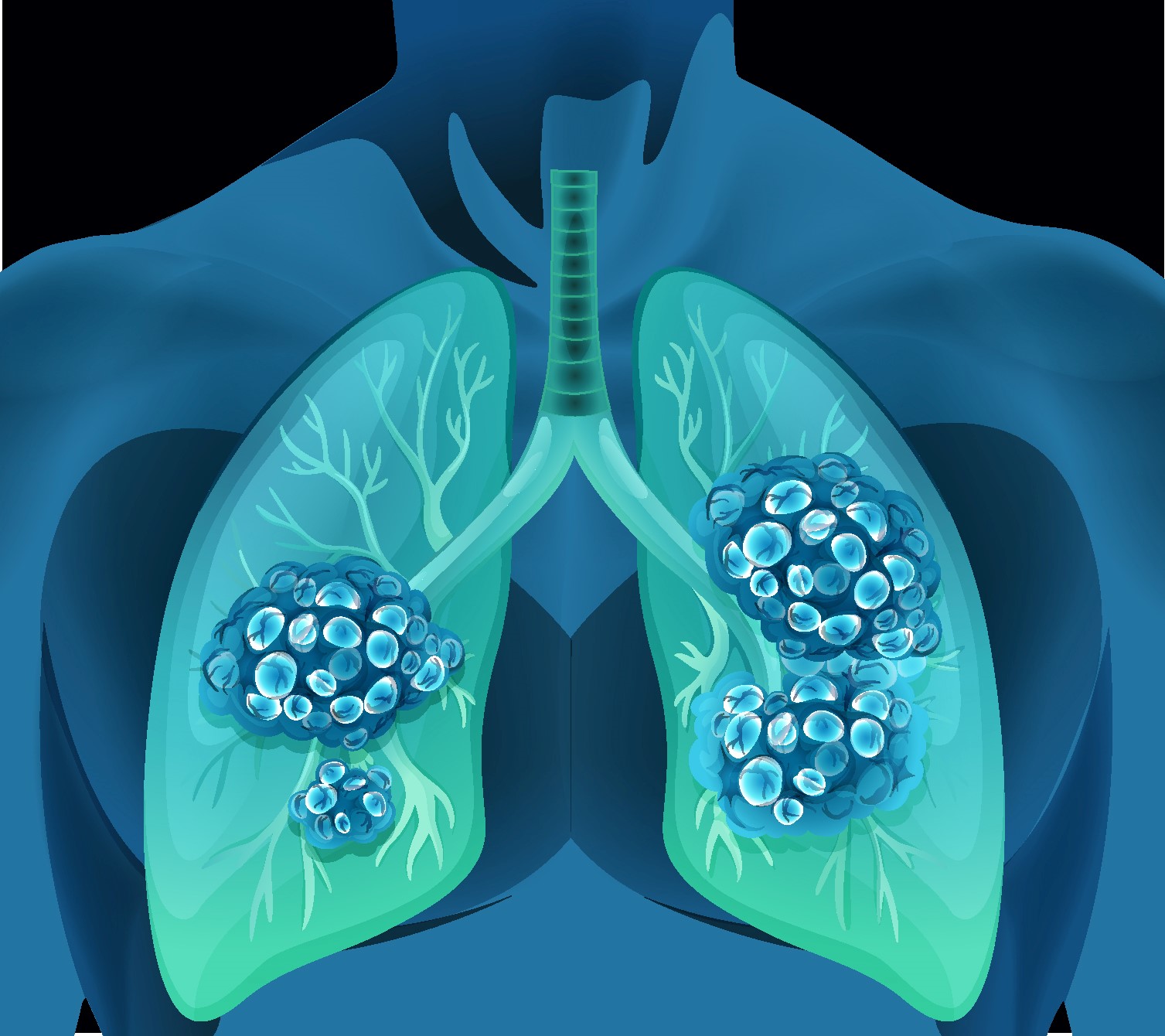A homeostatic balance exists between the resident microbiota in the oral cavity and the host. Perturbations of the oral microbiota under particular conditions can contribute to the growth of non-oral pathogens that are hard to kill because of their higher resistance to antimicrobials, raising the probability of treatment failure and reinfection. The presence of these bacteria in the oral cavity has been proven to be associated with several oral diseases such as periodontitis, caries, and gingivitis, and systemic diseases of importance in clinical medicine such as cystic fibrosis, HIV, and rheumatoid arthritis. However, it is still controversial whether these species are merely transient members or unique to the oral cavity. Mutualistic and antagonistic interactions between the oral microbiota and non-oral pathogens can also occur, though the mechanisms used by these bacteria are not clear. Therefore, this review presents an overview of the current knowledge about the presence of non-oral bacteria in the oral cavity, their relationship with systemic and oral diseases, and their interactions with oral bacteria.
Presence of non-oral bacteria in the oral cavity.


